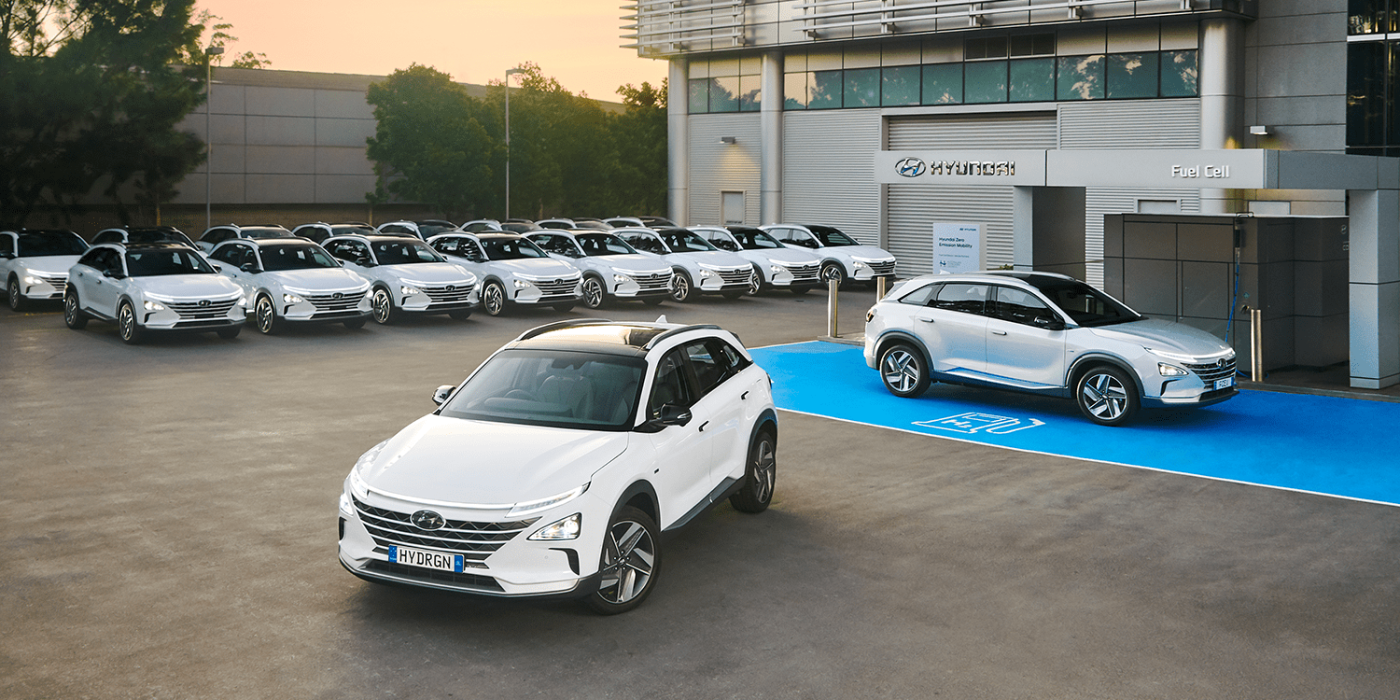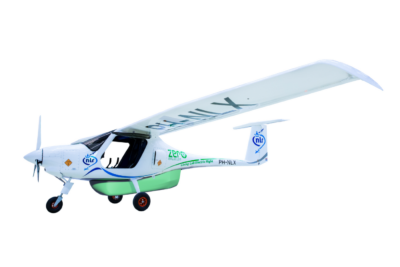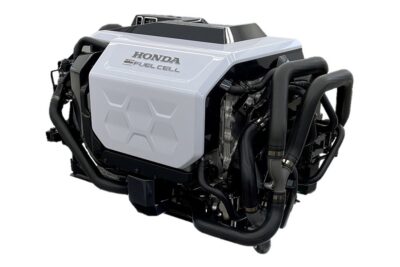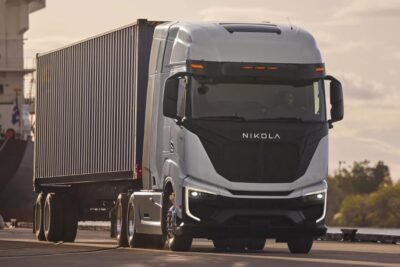Next-gen Hyundai Nexo to debut in Q2 2025
The Hyundai Nexo, introduced and launched in early 2018, has remained on sale without a facelift or a full redesign for six years. That’s rare for any model in today’s age, especially for a vehicle from Hyundai, a company that’s very aggressive and timely with product refreshes. According to a report from Korea Economic Daily, an all-new Hyundai Nexo is coming to replace the current hydrogen FCEV as early as the second quarter of 2025 (April – June 2025).
Hyundai recently held a customer clinic to get opinions for the next-gen Nexo’s changes with respect to powertrain and infotainment. The company revealed some of the upcoming hydrogen fuel cell electric SUV’s changes at the event. The completely redesigned model will have a bigger fuel tank, which should allow customers to travel a longer distance. It will support OTA updates for chassis components like suspension and braking systems. As against what was reported, Hyundai has decided not to change the Nexo’s name with the upcoming full makeover.
Road-testing of the next-gen Hyundai Nexo is underway. First spy pictures (via YouTube) of the upcoming hydrogen fuel cell EV popped up online just at the end of April. Apparently, Hyundai has designed the second-generation model from scratch, giving it a completely new character. The all-new Nexo seems to feature a squarish and boxy body and an upright front fascia reminiscent of the fifth-generation Santa Fe. Customers with a liking for old-school design may find the more SUV-ish exterior of the redesigned model more appealing.
The next-gen Hyundai Nexo will employ the company’s third-generation fuel cell stack that produces 100 kW and is 30% smaller than the second-generation unit that develops 95 kW in the current model. The all-new fuel cell stack’s substantially smaller size may make it easier to install and lead to a lower weight.
While the current Nexo can go up to 606 km (South Korean specification) on a full tank (6.33 litres or 156.6 litres), rumour has it the next-gen model will have a range of 800 km, which would be an improvement of 32%. Thus, in Germany, while the current Nexo is rated for 666 km, the future Nexo may boast a circa 875 km range.
As much as range, Hyundai needs to work on the pricing aspect of the Nexo. The current model, priced at €77,490 in Germany, is ridiculously out of reach for an average Hyundai customer. In South Korea, where the Nexo costs ₩73.2 million (approx. €50,000), customers can avail big incentives. In February 2024, Korea Economic Daily reported that subsidies worth ₩32.5 million (approx. €22,000) were available in Seoul, slashing the net price down by 44% to ₩40.7 million (approx. €29,000).
Update 31 July 2024
According to a new ETNews report, ‘NH2 (FE PE)’ is the codename of the upcoming Nexo.‘NH2’ suggests Hyundai will market it as a new-generation product, but ‘FE PE,’ presumably short for ‘Nexo Product Enhancement,’ indicates the upcoming model will essentially be a facelifted version of the existing FCEV. For the uninitiated, ‘FE’ is the codename of the first-generation Nexo. Based on the same theory, ETNews expects Hyundai to use an updated version of the existing model’s second-generation hydrogen fuel cell stack in the next-gen Nexo.
Hyundai has higher ambitions for the next-gen Nexo compared to the existing FCEV. It has set a 30% higher annual production target for the upcoming model – 13,000 units. The company will complete the development of the next-gen Nexo in April next year and commence its production in Ulsan, South Korea, in May. Initially, it will likely sell the redesigned model only in the domestic market, as it plans to start manufacturing the export units for Europe and North America in August and November, respectively.
The report doesn’t say, but Hyundai could introduce the next-gen Nexo in a few additional markets like Japan and Australia a little later, as it may need some additional time to engineer the right-hand drive version. The South Korean automaker already offers the current model in Japan and conducts road trials in Australia as part of a collaboration with the government. Australia will “definitely” get the second-generation model, local subsidiary COO John Kett said last month, carsguide.com.au reported.
hankyung.com (in Korean), etnews.com (update in Korean), carsguide.com.au (update)





1 Comment